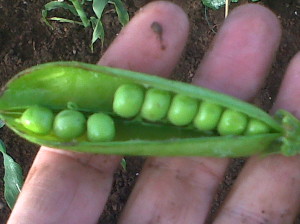Another trip down the allotment on our increasingly rare non-rainy days. Learn some tips for growing rhubarb and discover my long forgotten garlic which unfortunately seems to have developed rust and will be listed soon. I’ll also share with you my best tip for growing your own herbs on a budget and show you my giant parsley!
You’ll see the strawberries and pineberries and learn of the plans for planters to increase volume, decrease floor space used and make looking after them much easier. I’ll also talk about my plans for growing pumpkins and other vegetables on the plot and even gathering seeds from the parsnips that have bolted.
Remember, please leave a comment and share your thoughts, I’d love to hear what you are up to on your allotment!
























